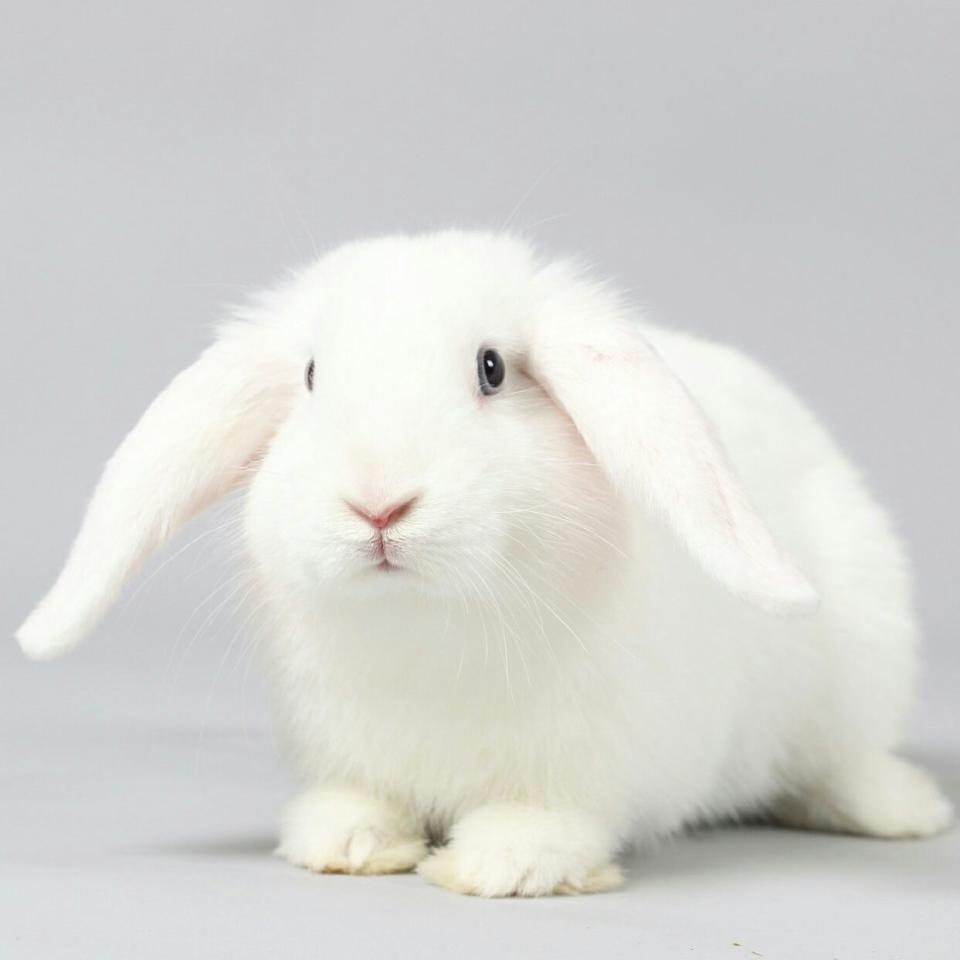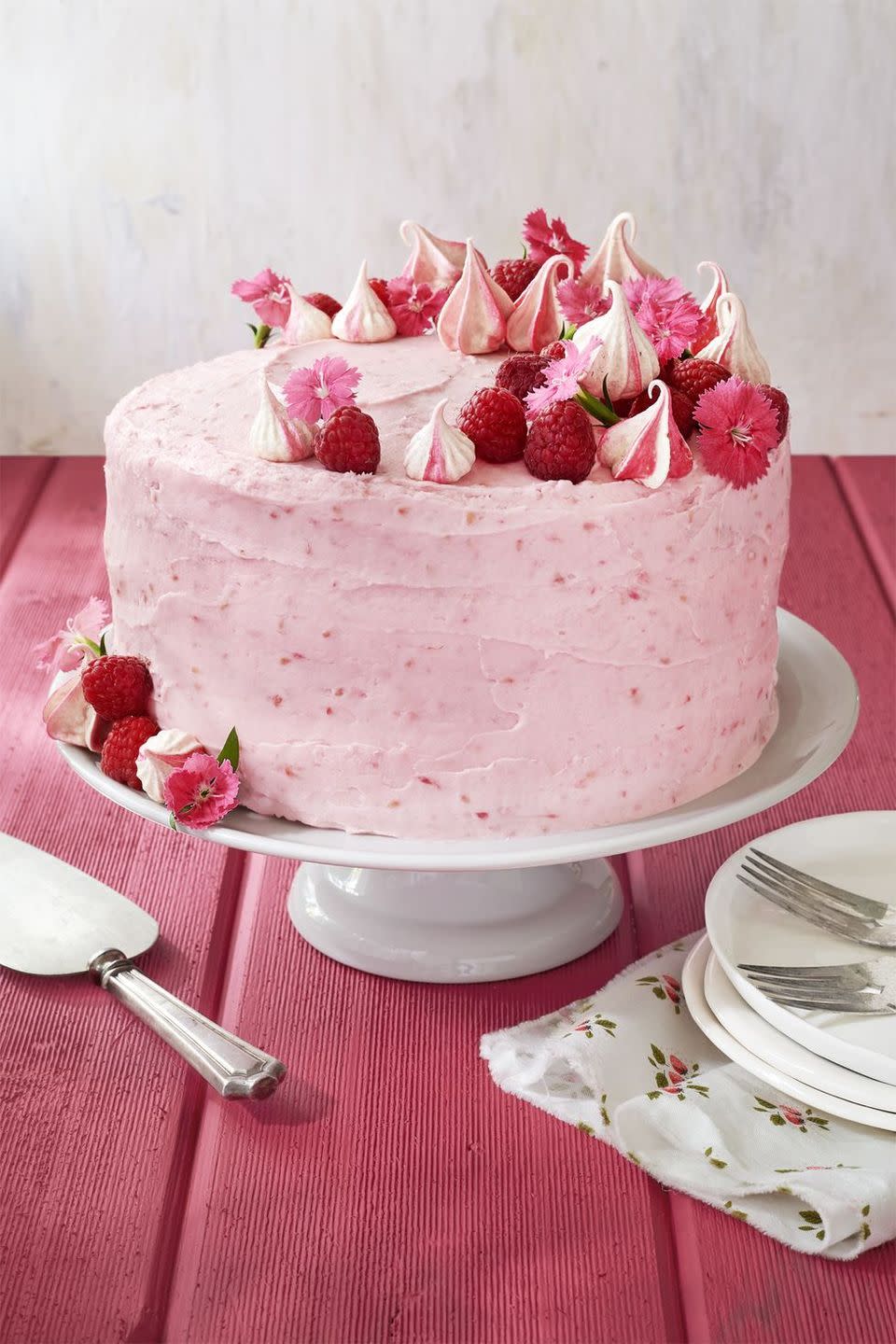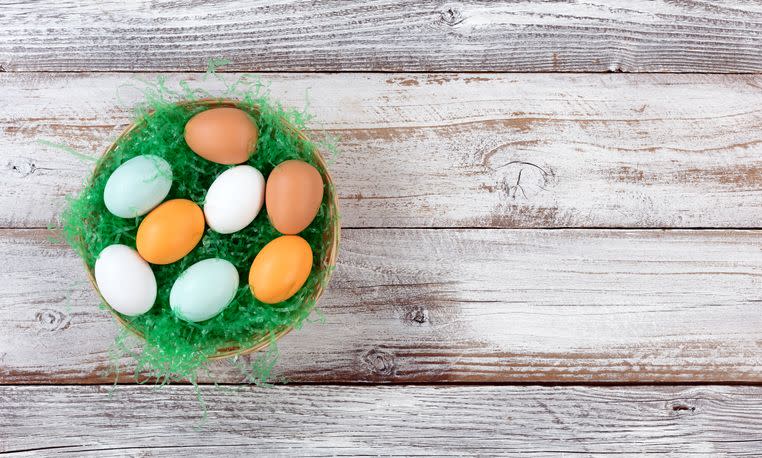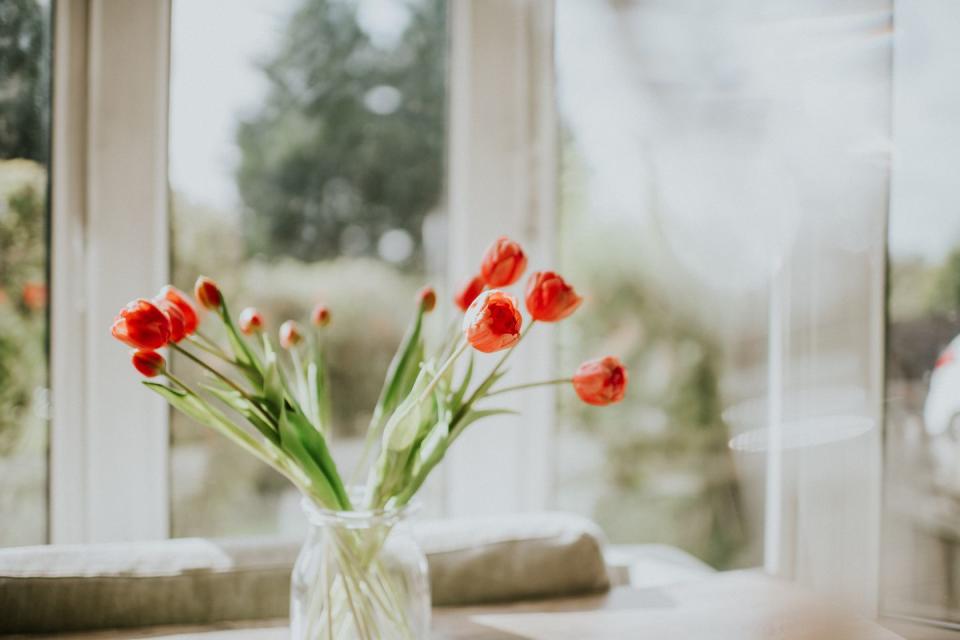Here's the Real Meaning Behind the Traditional Easter Colors

All those pastel colors that we associate with Easter and spring have more to them than just being pretty. When you're celebrating Easter's popular secular traditions, you may not realize the deeper meaning these happy Easter colors have. From those used on church hangings to the vestments Catholic priests wear throughout the liturgical year, these colors serve to highlight meaningful moments.
First established when Pope Innocent III wrote the treatise De sacro altaris mysterio (The Mystery of the Sacred Altar) in 1198, the modern Roman color sequence of the Catholic church is still followed today. In this treatise, the Pope based the colors' symbolism on interpretations of colors and flowers from the Song of Solomon in the Old Testament. Today, other Christian denominations associate similar beliefs to these hues.
Read on to learn the background of these color meanings and how you can incorporate them into your Easter celebrations. The next time you fill Easter baskets with green grass, decorate your mantel with white Easter bunny knick-knacks, or spend an afternoon dyeing Easter eggs in a decidedly Easter color palette, these colors might just bring to light a whole new meaning to this time of year.
White

White is a symbol of purity, used during all feasts of the Lord and during the season of Easter to symbolize the resurrection of Jesus Christ. White represents light, innocence, purity, joy, triumph, and glory.
This year, incorporate the meaningful hue into your Sunday brunch tablescape with elegant white linens or a fresh Easter lily bouquet. The Bible alludes to these white blooms on numerous occasions, and it's believed that they originally sprouted in the Garden of Eden with the help of Eve's tears and supposedly sprouted in the Garden of Gethsemane after Jesus's crucifixion.
Violet

As the most prominent color during the Season of Lent, especially on Good Friday, violet purple signifies sorrow, specifically for Jesus's suffering during his 40 days in the desert. Violet represents penance, humility, and melancholy and is associated with power and royalty.
For a punch of purple around the house, fill vases or mason jars with violets and scatter them throughout your rooms.
Pink

This special color that represents joy and love is only worn two times a year in the church: on the third Sunday of Advent and the fourth Sunday of Lent.
Lucky for us, pink goes hand in hand with spring decorations, so you'll hardly be pressed for viable Easter options. Hang a pink garland, decorate your dining room table with pink tapered candles, or serve a cake with pink icing. To get really creative, sport a pretty-in-pink manicure with some easy DIY Easter nail designs.
Green

After Easter is over, priests begin wearing vestments in green, which represents the hope of Christ's resurrection and eternal life.
Aside from the (fake) grass in your family's Easter baskets, hang a cross-shaped wreath covered in moss or other greenery.
Red

Red symbolizes the blood of Christ, and it is most used during Pentecost, which falls on the 50th day after Easter and commemorates the descent of the Holy Spirit. Red represents sacrifice, blood, fire, and martyrdom.
Such a vibrant color may seem like a harsh contrast against soft spring pastels, but you can incorporate the bold hue by dyeing Easter eggs red or hanging a red tulip wreath on your front door.
You Might Also Like

